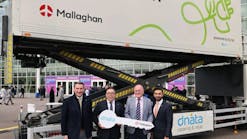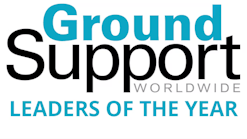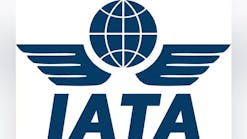Gevo’s Sustainable Aviation Fuel Well-Positioned in Light of New Guidance from Treasury Department
Gevo, Inc. has issued a response to the recently unveiled version of the Argonne National Laboratory Greenhouse Gases, Regulated Emissions, and Energy use in Technologies (GREET) method and model for carbon accounting. This model will be utilized for lifecycle greenhouse gas emissions calculations under the Inflation Reduction Act's (IRA) Section 40B sustainable aviation fuel (SAF) tax credits.
“Today's guidance reinforces the importance of climate-smart agriculture and other decarbonization methods like carbon capture and storage (CCS) – core tenets of Gevo’s business model for sustainable aviation fuel and other products,” said Dr. Patrick R. Gruber, CEO of Gevo. “Our cutting-edge programs source sustainable feedstocks produced using a variety of climate-smart agricultural practices, and our Verity carbon accounting tool allows farmers to incorporate and track emissions reduction practices tailored to their individual fields. We look forward to sharing key insights from anonymized data to inform the administration’s upcoming 45Z SAF tax credit guidance – and we will continue to advocate for science-based policies that support CCS and provide new markets for farmers focused on carbon abatement from agricultural activities.”
For nearly two decades, Gevo has led the research and development of new fuels and products that support the decarbonization of transportation and help industries reach their net-zero goals, including agriculture. Gevo has advocated for use of GREET as the science-based carbon accounting tool to determine the lifecycle carbon intensity of SAF and ensure important emissions reductions throughout the SAF supply chain – including from climate-smart agriculture practices and carbon capture and storage – are accounted for and credited, while maintaining GREET’s data-driven integrity.
Gevo’s wholly owned subsidiary, Verity, uses distributed ledger technology to facilitate accurate accounting of emission reduction efforts from on-farm practices, including on a field-level basis. This auditable technology allows farmers to track and report the carbon reductions they achieve, including through climate-smart agriculture and other practices. Gevo partners with farmers using Verity to work collaboratively to identify emissions reductions opportunities that are tailored to field-level needs.
“Today, the administration's actions recognize the power of agriculture and lay the groundwork for implementation of future SAF tax credits. A science-based approach to the Section 45Z credit will ensure that biofuel producers, supported by American farmers, play a vital role in scaling the hard-to-decarbonize aviation industry,” Gruber said.
SAF with greenhouse gas emissions that are at least 50% lower than conventional aviation fuel will qualify for tax credits created by the IRA. Gevo has long believed that the GREET lifecycle analysis method and model enables the most current and precise measurement of SAF carbon intensity, accurately counting carbon reduction benefits of agricultural feedstocks, including at the field level. In December 2023, Gevo applauded the administration’s announcement to include the Argonne GREET model as a “similar methodology” under the IRA Section 40B tax credit; and we believe today’s Section 40B model rightfully puts a premium on driving down carbon abatement throughout the value chain.
With completion of the Argonne GREET 40B SAF tax credit model, Gevo expects the administration to expand on climate smart ag practices and flexibility when implementing the IRA Section 45Z SAF tax credit. Clear and timely rules for the 45Z Clean Fuel Production tax credit in effect from 2025 through 2027 will be critical to meeting carbon abatement goals and helping farmers plan for successful growing seasons, without stranding SAF investments.





